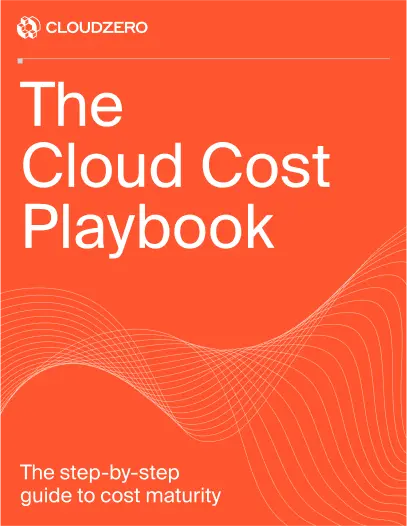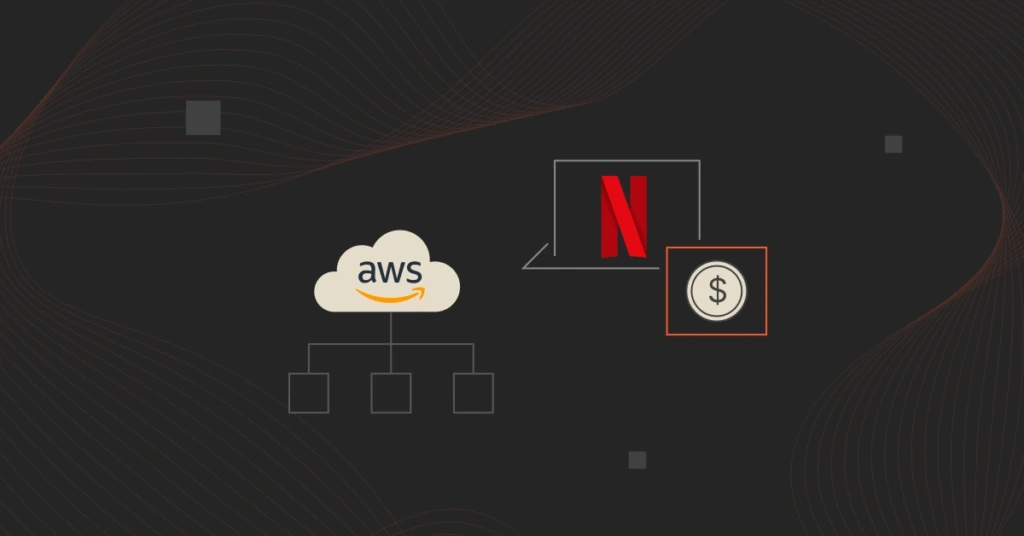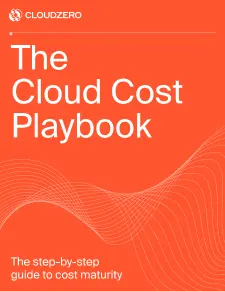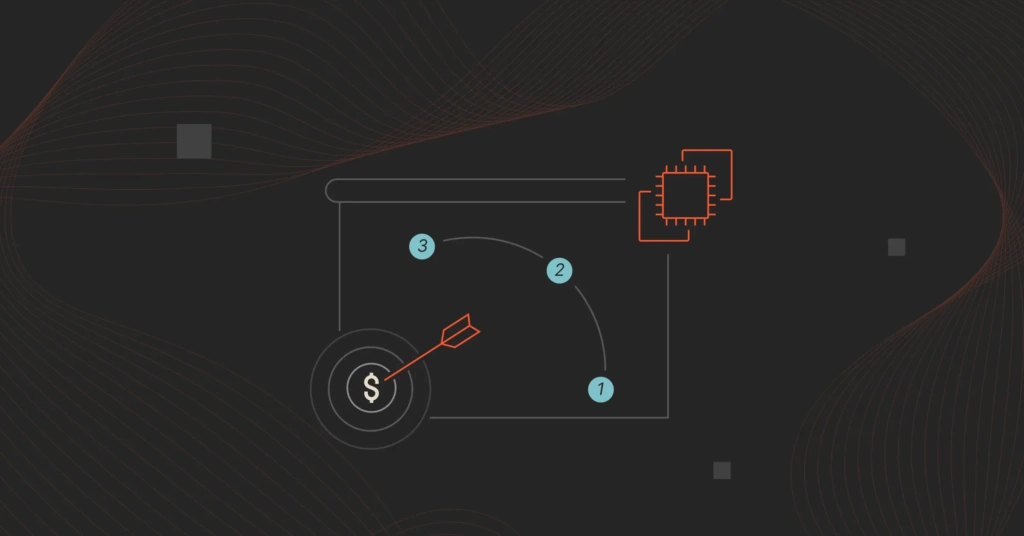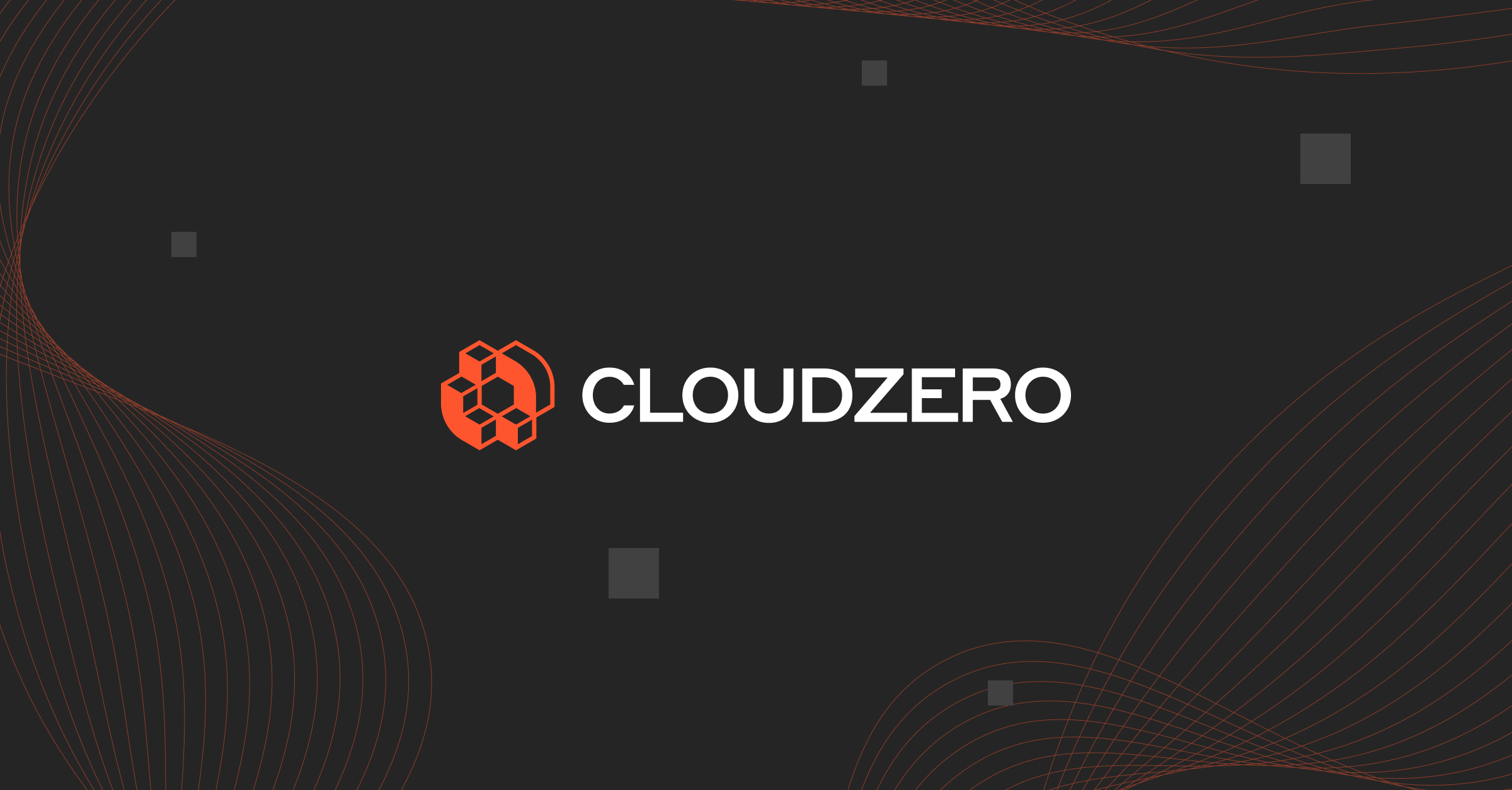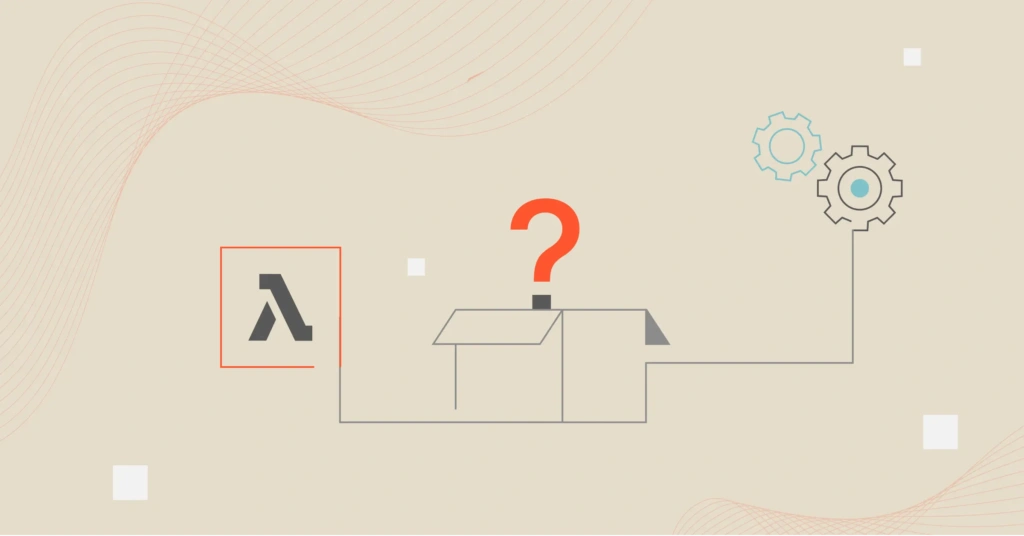As of Q2 2025, Netflix boasts over 300 million global subscribers. The company generated $39 billion in revenue in 2024 and now projects $44.8–45.2 billion for 2025.
On the earnings call, CFO Spenser Neumann said that the company wouldn’t be in the business if it didn’t believe it would return more than 10% of the revenue.
Amazon Web Services (AWS) represents a large portion of Netflix’s costs of goods sold (COGS). What sets Netflix apart is its cloud efficiency — the ability to scale globally while maintaining cost control and high performance. This approach makes Netflix a benchmark for engineering and FinOps teams focused on aligning cloud spend with business growth.
In this post, we examine how much Netflix pays AWS and, more importantly, how the streamer optimizes its AWS costs, so you can too.
Is Netflix Profitable Now?
Netflix made an operating income of $4.6 billion in 2020. But it had only $1.9 billion in its turnaround, and profitability is even stronger today.
Netflix grew its free cash flow from just $1.9 billion in 2020 to $6.9 billion in 2024, with a trailing twelve-month total of $8.5 billion by mid-2025.
At the start of 2021, Netflix carried around $15 billion in long-term debt. As of Q2 2025, that figure is slightly lower at $14.45 billion, supported by healthy operating performance.
Operating cash flow has surged as well, from $2.4 billion in 2020 to $7.36 billion in 2024, and now reaching $21.2 billion in the last twelve months.
So you might wonder, where does Netflix spend its billions?
- Content
- Original content
- Licensed content
- Marketing
But there’s another investment category that doesn’t get as much attention, at least on Wall Street: Netflix costs on AWS — something that we care deeply about.
To uncover more, let’s dig into the genius Netflix architecture on AWS, a microservices use case worth your time.
How Much Does Netflix Spend On AWS?
Netflix’s cloud spend remained a secret for the longest time, until now. Netflix’s AWS costs were estimated at $9.6 million per month in 2019, according to several sources.
Back then, Netflix revealed it would spend over $1 billion on “streaming services and cloud computing costs” through 2023. Netflix would spend $27.78 million per month on AWS cloud services, according to that plan.
In a sense, it is not surprising that Amazon regularly boasts Netflix as one of its biggest AWS customers, even though it owns a competing service in Amazon Prime.
What AWS Services Does Netflix Pay For?
Netflix uses AWS for almost all its cloud computing needs. That includes online storage, a recommendation engine, video transcoding, databases, and analytics. So most of the $1 billion Netflix plans to spend on cloud services will go into Amazon Cloud Services.
The AWS bill for Netflix reflects the number of servers it utilizes, over 100,000 server instances, according to Amazon Web Services.
Netflix uses over 1,000 Amazon Kinesis shards in parallel to process the colossal traffic it receives from its global subscribers.
But that was in 2017, before Netflix grew to over 300 million subscribers by Q2 2025.
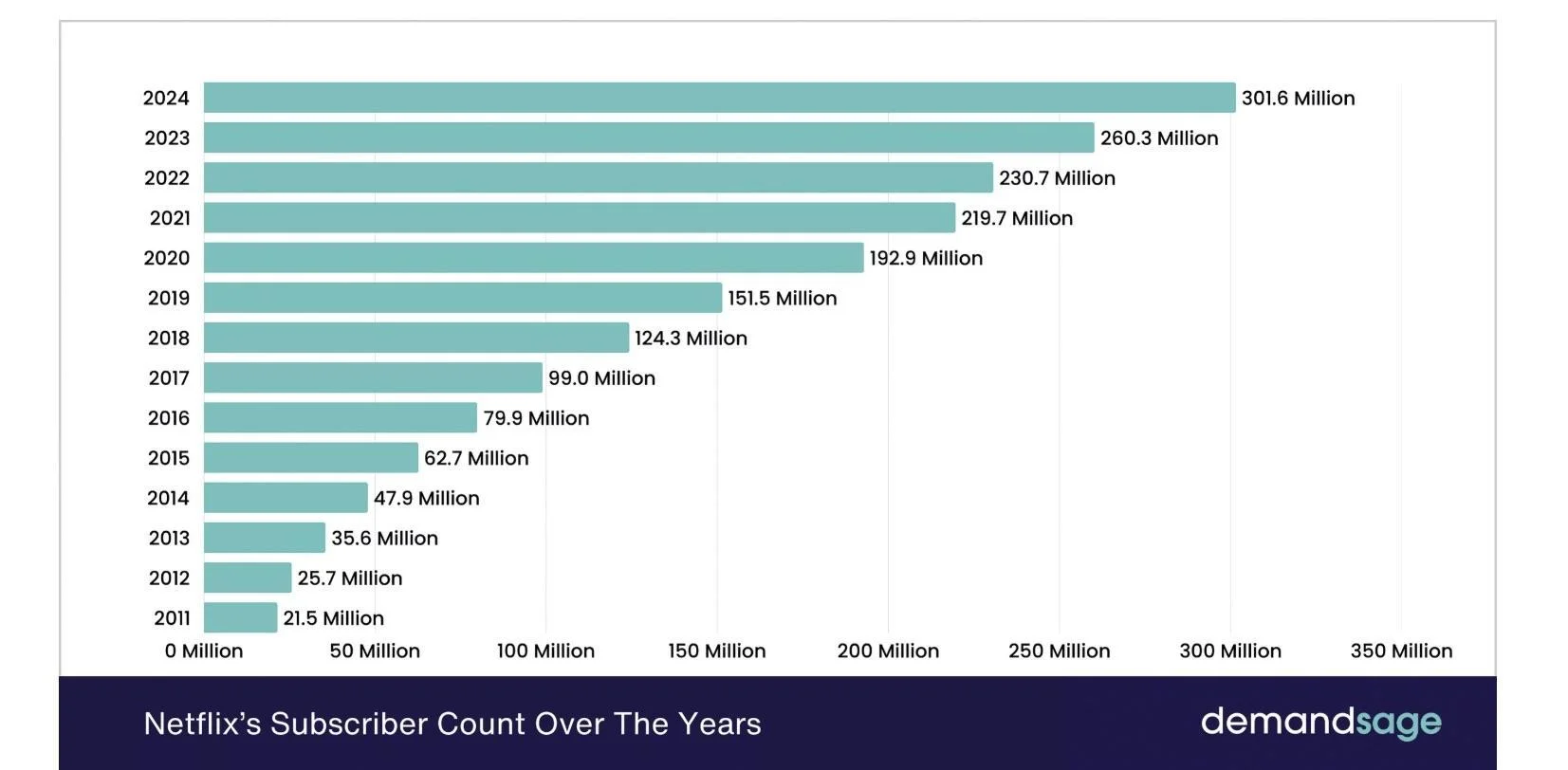
Credit: Demandsage
It gets interesting, though:
- Netflix has surpassed 301.6 million subscribers as of early 2025
- The platform added 32 million new global subscribers in Q2 2025
- Netflix now offers an ad-supported tier — supported by AWS’s archrival, Microsoft Azure
- It aims to reduce the number of copies stored in its databases worldwide
- Netflix released 589 new Originals in 2024, up from 568 in 2023 but still below 749 in 2022
What does this mean for Netflix?
These commitments may require a greater investment in AWS cloud services. Second, to satisfy shareholders and to avoid external financing for day-to-day operations, the company needs higher net profits.
In an increasingly competitive market, it must also save costs to remain competitive.
That is why balancing cost-effectiveness and scaling is a matter of success or failure for Netflix.
Yet, the streaming company has said that setting budgets and other heavy guardrails to limit its
engineers’ spending is both “ineffective” and “counter-cultural.”
So Netflix lets developers develop. But it does not ignore cloud compute costs.
How Does Netflix Monitor And Measure AWS Costs?
The team at Netflix recognizes that cloud costs should be a first-class metric. That means they treat it like any other performance metric or non-functional engineering requirement.
To provide complete cost visibility, the company deploys a custom data dashboard. The Efficiency Dashboard serves as a transparent feedback loop to its data consumers and producers. Netflix credits merging cost and usage context via dashboards for its cost-efficient architecture.
The custom dashboard helps provide usage and cloud cost awareness for each team.
Netflix manages to:
- Report AWS billing data in a context that makes sense
- Use a custom dashboard to relay cost context to each team
- Improve data cost visibility by pushing relevant information to relevant decision-makers
To appreciate the significance of this, consider the vast amounts of data and various platforms Netflix must aggregate, compute, and send to engineers for developing effective cloud cost optimization strategies.
Here is a quick breakdown.
The video streaming service generally uses two types of data platforms: in motion and data at rest. While the first cost category involves processing transient data, data at rest systems involve physical data storage costs. Both categories include infrastructure spending.
Netflix data storage spend goes to platforms such as S3 Data Warehouse, AWS RDS, Hive, Druid, Elasticsearch, and Snowflake.
On the flip side, Netflix spends on Keystone, Flinch, Mantis, Kafka, Spark, and Presto to process data in motion.
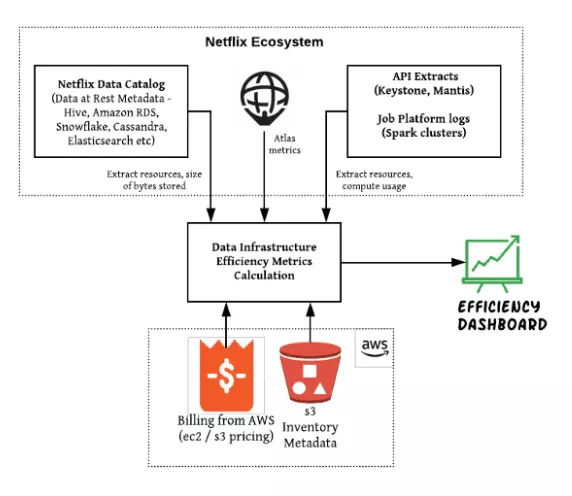
Credit: Netflix efficiency dashboard data flow, Netflix Tech Blog
Now picture this.
Netflix gets its AWS billing data through the AWS Cost and Usage Report, like everyone else. You might know that the data can be tough to derive meaningful business insights from, whether you consume it via S3 or CSV. It is even more challenging for decision-makers who are not data scientists.
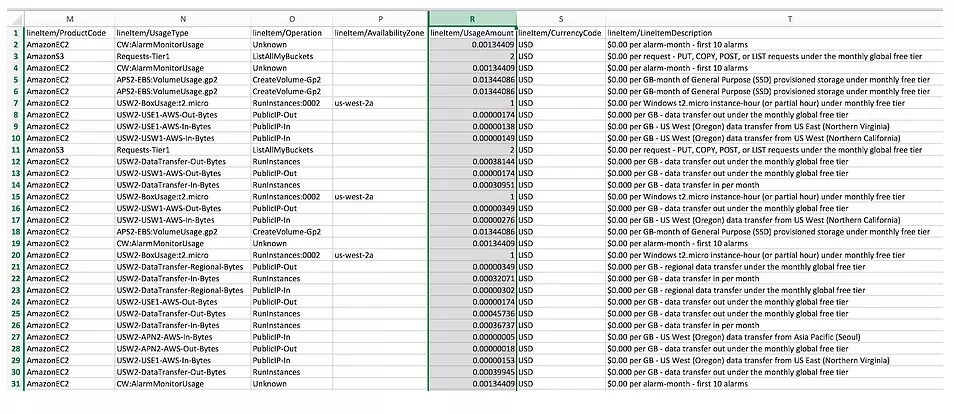
AWS Cost and Usage Report
That is where Netflix’s efficiency dashboard comes in. It relays costs across all its platforms, breaking down data flow into sensible business insights.

From there, decision-makers can tell where their cloud spend is going.
Netflix’s custom dashboard provides some cost optimization recommendations, which you don’t get in your AWS billing report. While tags help you discover related billing items, they may not assist in mapping your costs to the dimensions that matter most to your business.
You would need a better cost visibility solution to associate specific costs to a particular team, product, service, or department. That way, you would determine how much it costs to build and run various elements of your business — or the cost of supporting a specific customer or group of customers. All without needing to employ teams of sophisticated data scientists and engineers at Netflix’s scale.
The better approach is to provide relevant contexts in near-real time to those making technology decisions.
With real-time intelligence, you can put engineering in control of cloud costs. They can monitor and measure your unit metrics and COGS on AWS to grow your margins.
Here is an example:
CloudZero works with Skyscanner, a powerful travel planning hub. Like Netflix, Skyscanner sought to quickly understand where its cloud spend was going and why.
It sought an AWS cost visibility solution that would also conduct a robust Kubernetes cost analysis in one place, making sense of the extensive data logs found in its AWS billing reports.
Within two weeks of using CloudZero, Skyscanner’s engineering team was already allocating costs by team name and identifying unnecessary costs.
Netflix’s efficiency dashboard approach has helped it reduce its data warehouse storage footprint by 10%. That is a significant margin considering the scale at which the Netflix microservices architecture works on AWS.
How Does The Netflix AWS Architecture Work?
Netflix uses a microservices architecture on AWS. Microservices architecture helps an organization to scale without additional work. It also helps maintain a cost-effective operation in the cloud and eliminates a single source of failure, even if engineers change/update/upgrade multiple service areas in one go.
For context, Netflix experienced a major outage in August 2008. That was back when it used monolithic architecture and private data centers.
The database corruption meant they could not sell DVDs for three days straight.
That incident prompted Netflix to adopt a continuous deployment model and decouple applications to prevent future outages.
They would prevent service delivery outages by using multiple, smaller services that ran independently instead of a single, vulnerable stack.
How Does Netflix Use Microservices?
Using microservices would also enable its engineers to update different aspects of its service quickly. A change to one microservice wouldn’t crush the entire operation.
So, its engineers could experiment with fresh design ideas without affecting the entire Netflix service’s performance.
That agility helped the video streaming service innovate faster and cost-effectively, leading to Chaos Engineering, Spinnaker, and Global cloud, as well as the unprecedented growth Netflix sees today.
Netflix uses over 1,000 microservices now.
Each deployed application controls a specific aspect of the colossal Netflix operation.
For example, a unique microservice controls each of these operations:
- Create a main menu list of movies
- Determine your subscription status to provide content relevant to that subscription tier
- Use your watch history to recommend videos you may like
- Bill your credit card when it is time to renew your Netflix plan
- Keep tabs on the best-performing Content Delivery Appliance (CDA) near you in case the one you are on becomes overcrowded or fails
- Automatically migrate you to a CDA with the strongest internet connection
- Store a digital copy of original cinema-quality files on AWS servers
- Ensure another set of AWS servers converts the original copy into video qualities, formats, sizes, and audio that can play seamlessly on all kinds of devices, from mobile devices to smart TVs and gaming equipment
- Determine what device you are watching Netflix on, and provide the relevant video format for it to boost your viewing experience
- Add copyright markers to all files (Digital Rights Management)
Those are just ten ways Netflix uses a microservices architecture to its advantage. There are over 990 ways more.
Why Did Netflix Choose AWS?
Netflix was also struggling with scaling issues on its previous architecture. It needed a solution that did not limit them to vertical scaling.
It aimed to scale horizontally, ensure reliable uptime, and maintain cost-effective cloud spend. AWS provided that kind of cloud platform.
Using the AWS public cloud meant Netflix could focus on its core business: video streaming. It did not have to spend billions on building world-class data centers to scale its previous architecture.
With AWS, Netflix enables developers to leverage continuous deployment best practices, improving customer experiences and becoming the largest video-streaming service ever.
What You Can Learn From Netflix’s Cloud Cost Strategy
This will depend on the individual business and that business’s current circumstances, since there is no concrete cost strategy that every business should adhere to.
For example, you may see a high cloud bill at the end of a given month, which may raise some alarms. However, you may have also signed new clients who demand more cloud usage, and you may have also built a new product feature as part of a new and more lucrative client contract.
In this example, your cloud costs may have increased, but this was necessary to achieve greater profits.
Determining your organization’s optimal cloud spending involves aligning costs with business goals, continuously monitoring and optimizing usage, establishing robust budgeting and forecasting practices, benchmarking against industry standards, and fostering cost awareness across teams.
This holistic approach ensures that cloud spending supports strategic objectives while maintaining efficiency and cost-effectiveness.
Optimize Your Cloud Infrastructure Costs Like Netflix
The Netflix model is great, but what if you don’t have the same resources and staff to optimize your cloud costs, let alone build your own cost tool?
You do not need a team of data scientists or an in-house cost tool to improve your cloud costs. Instead, you can use a robust cloud cost intelligence solution to dig into your AWS bill, understand what you are spending and why, and maximize your ROI.
Consider CloudZero’s main capabilities:
- Ingest all your cost data without endless tagging; CloudZero’s code-driven approach captures cost data from tagged, untagged, untaggable, and shared resources.
- View your costs per unit, such as cost per customer, per team, per feature, per product, per environment, per project, per deployment, etc
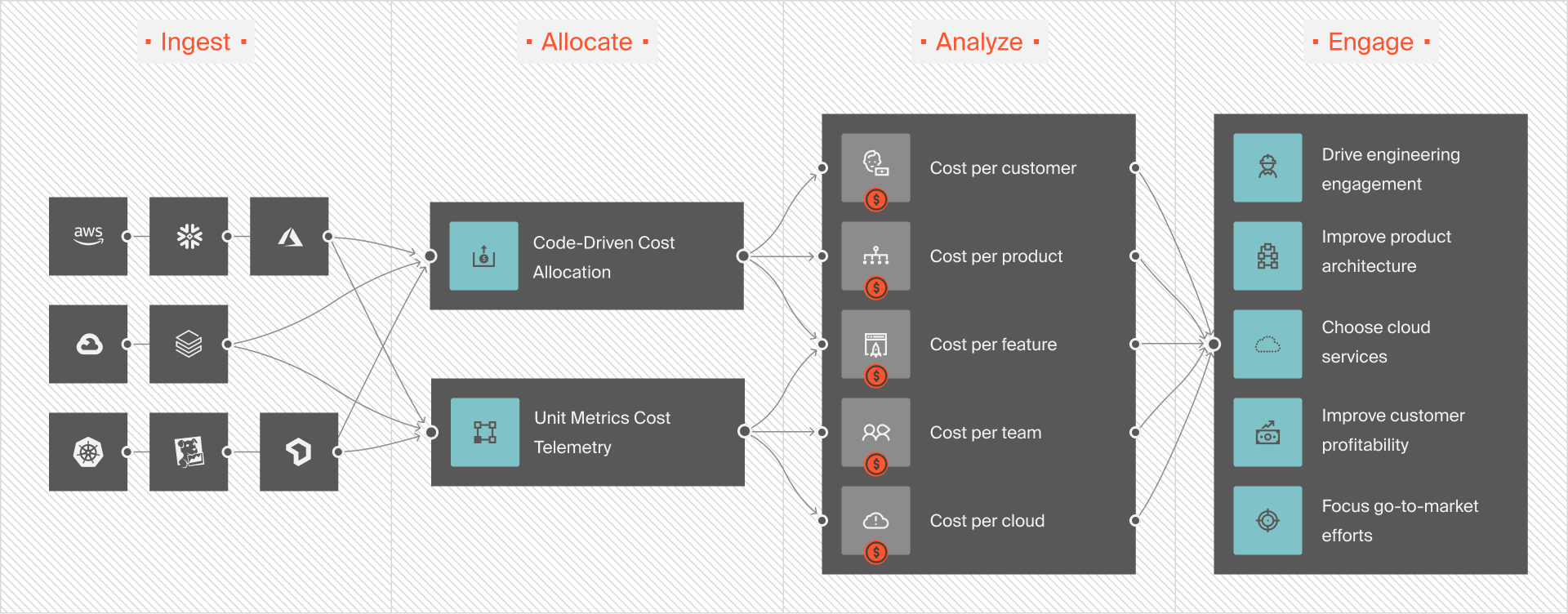
- Combine multi-cloud costs in one platform for easier analysis; AWS, Azure, GCP, Snowflake, Kubernetes, MongoDB, New Relic, Datadog, etc.
- View your cost of goods sold (COGS) to understand exactly where your spend is going and what to optimize.
- Receive timely cost anomaly alerts to prevent overspending.
- Get budgeting, forecasting, cost allocation, AWS discounts dashboard, and more tools in one place.
Drift is saving over $2.4 million a year using these and other CloudZero capabilities. Our platform recently identified over $1.7 million in annualized savings. Yet, reading about CloudZero benefits is nothing like seeing it for yourself.  and start seeing results from cloud spend in weeks — not years.
and start seeing results from cloud spend in weeks — not years.
